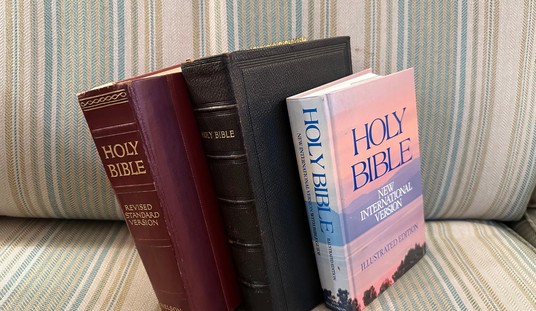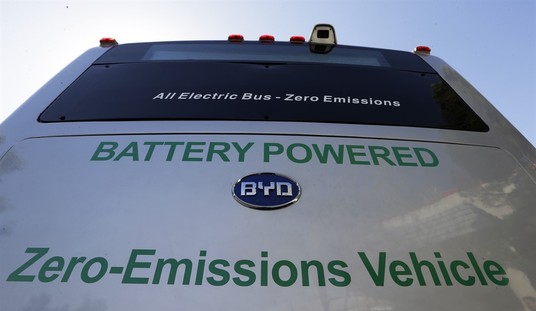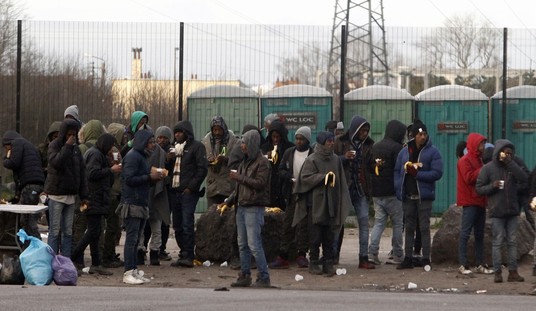It’s a good question … with an obvious answer. Axios’ Twin Cities portal features an analysis from Nick Halter of hotel occupancy rates in the region and in Minnesota’s two largest cities in particular. In 2019, Minneapolis led the way on hotel occupancy rates, with an average of well over 60%.
These days, not so much:
The Twin Cities had a 42.5% occupancy rate in April and a 43.5% occupancy in May, which ranked 24th and 25th of the 25 largest markets, according to global hospitality benchmarking firm STR.
Downtown Minneapolis’ occupancy was 22% in April and 24% in May, according to STR. Meanwhile, St. Paul’s occupancy was 45% and 48% those months.
The general decline from 2019 is clearly related to COVID-19, but hotel business in the region has more than doubled from 2020’s figures. It has in Minneapolis too, but going from ~5% to 22% isn’t much of a help. There’s more going in specifically in Minneapolis, and that’s not hard to diagnose:
While the metro has faced many of the same challenges others have during the pandemic, the state’s tighter COVID restrictions and the Derek Chauvin trial have kept tourists and most business travelers away.
Yes, but: Public safety, both real and perceived, is also a factor, said Ben Wogsland, director of public affairs for the trade group Hospitality Minnesota.
Of course it is, and that specifically applies to Minneapolis. Thus far, St. Paul has not had activists seize territory for autonomous zones, which create opportunities for crime and decay. Needless to say, neither have the suburbs, where police departments still patrol with the same effective policies in place before George Floyd’s homicide in May 2020. Only in Minneapolis does the city refuse to enforce the law based on whim, allowing activists to seize territory and hold the residents and businesses therein in a kind of legal limbo.
It’s not just tourists that don’t want to wander around downtown Minneapolis, either. The hotels are having trouble finding employees who want to work in the rule-of-law vacuum left by the city council’s abdication of responsibility, too. Even if they had more business, hotels in Minneapolis would find it more difficult to service it.
As of last month, nearly half of all Minneapolis hospitality businesses say they will go under within a year unless current conditions change, according to a recent survey by Hospitality Minnesota. For hotels and motels in the city, that number rises to 57%:

Minneapolis gets a lot of its tax revenue from hospitality, and not just in the form of tourism. Business conventions account for some of it as well, but the food-service category depends a lot on people within the region coming into the Twin Cities on a regular basis. These days no one wants to venture into Minneapolis because no one feels safe venturing there, especially for the nightlife. They are spending their money at home in the suburbs instead. You know, the places that still take public safety seriously, and still enforce the law rather than allow their citizens to be taken hostage by activists for a year or more.
If this continues, Minneapolis might be put in the position to use an even greater percentage of a collapsing revenue stream on its policing. Such are the obvious outcomes of an “abolish the police” platform. And that’s only going to be true if the city council wakes up to the collapse, which in Minneapolis’ case will require both another election and an electorate that starts taking such choices seriously.








